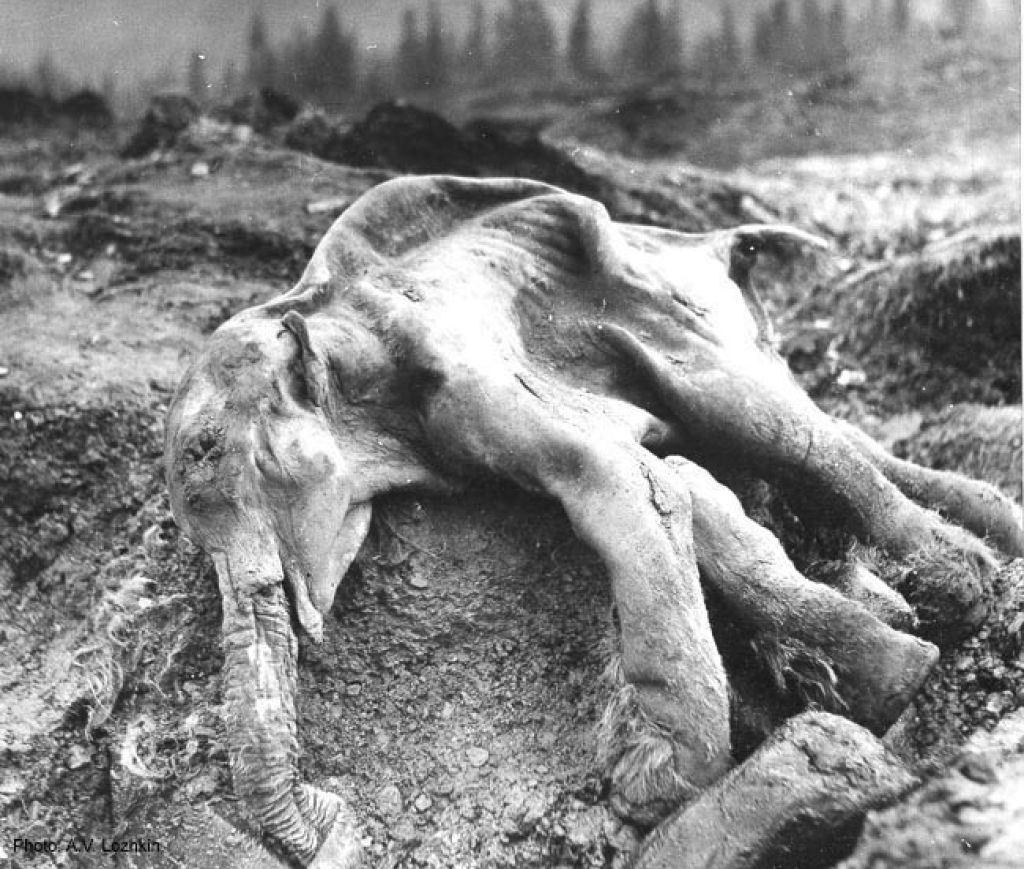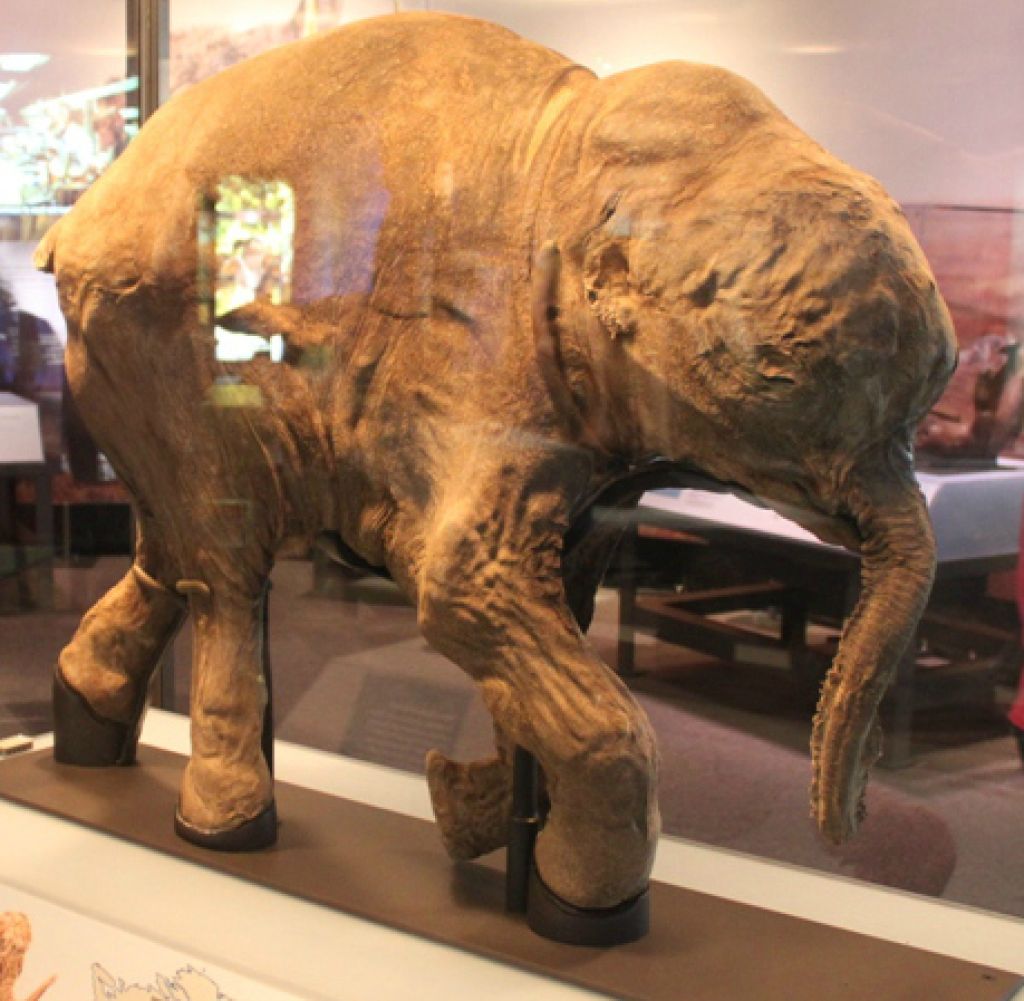New mammoth find gives insight into early human hunting methods

The scientific world is abuzz over the discovery by Siberian tusk hunters of a nearly complete, perfectly preserved, strawberry blonde woolly mammoth in Siberia.
Not only does the discovery give insight into the animal’s eye and hair colour, it shows how early humans “stole” their food from hunting lions.
Scientists believe this to be the first evidence of interaction between early humans and mammoths ever found in the area.
Initial tests on the carcass, named Yuka, aged it at two years when it died. However, the latest research suggests it was closer to fours years old. Discovery News reported that the carcass was so well preserved that its flesh retained its pink hue. Much of its strawberry blond coat also remains.
Daniel Fischer, curator of the University of Michigan’s Museum of Paleontology told Live Science the deep scratches in the hide and bite marks on the tail suggest that, on the day it died, Yuka was pursued by one or more lions or other large felids (carnivores).
During the hunt, Yuka fell and broke one of its hind legs, and humans moved in to take control of the carcass, butcher it and take parts of it for immediate use. Organs, ribs and associated musculature, vertebrae and meat from the upper parts of the legs were removed.
‘’They may, in fact, have reburied the rest of the carcass to keep it in reserve for possible later use,” said Fischer. “What remains now would be leftovers that were never retrieved.‘’
Bernard Buigues, who was part of the team that unwrapped the remains when they were relocated from Siberia, said it appeared the humans were particularly interested in the mammoth’s fat and bones, which they kept close to the carcass.
He suggested that the bones might have been used in a ritual.

Woolly mammoths lived in cold climates from approximately 250,000 to 10,000 years ago when they became extinct. The mammoth’s ancestors journeyed from Africa about 5-million years ago and spread into Europe, Asia and North America.
Mammoths became extinct after the last Ice Age and one of the reasons attributed to their decline is overhunting by early man. Man’s earliest ancestor, Homo erectus, is known to have consumed mammoth meat 1.8-million years ago.
Fossils of a species similar to Homo erectus, named Homo ergaster, were found at Swartkrans in the Cradle of Humankind in 1949.
Scientists are hoping that research on Yuka and another almost complete mammoth carcass discovered in 2007, can help them link observed phenotypes (morphological features that are visible) with genotype (DNA sequences).
The 2007 discovery was that of a six-month-old baby mammoth, the most complete carcass found thus far. The carcass named Lyuba, was discovered by a reindeer herder, in an eroding riverbank in Russia’s Yamal Peninsula. Studies on the carcass have already given scientists valuable insight into mammoth anatomy and health.
Read more about extinction here.